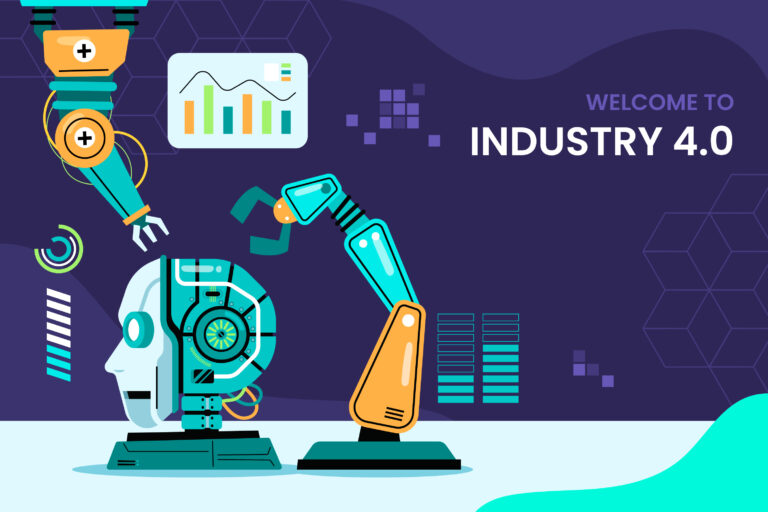Labour and Education Economics | Exploring Labour and Education Economics: Key Issues and Insights
Introduction
Labour and education economics are intertwined fields that examine how education, labor markets, and individual well-being interact. This blog explores crucial topics within these fields, including empirical studies on the relationships between labor, health, and well-being, education economics, gender differences in human capital accumulation, labor market transitions of young workers, social mobility, vocational education, and the impact of wages, employment, and contract types on workers. Understanding these concepts is essential for crafting policies that promote economic growth and social equity.

Labour, Health, and Well-being: Unpacking the Relationships
Empirical studies consistently show strong links between labor conditions, health, and well-being. Employment status, job quality, and working conditions significantly impact physical and mental health. For instance, secure employment with good working conditions is associated with better health outcomes, while job insecurity and poor work environments can lead to stress, anxiety, and long-term health issues. Understanding these relationships is critical for designing labor policies that enhance worker well-being and productivity.
Education Economics: The Foundation of Human Capital
Education economics examines how education impacts economic outcomes, including individual earnings, productivity, and overall economic growth. Investment in education is crucial for building human capital, which in turn drives economic development. Education also plays a significant role in reducing income inequality and promoting social mobility by providing individuals with the skills needed to succeed in the labor market. Policy discussions in this field often focus on access to quality education, funding models, and the effectiveness of various educational interventions.
Gender Differences in Human Capital Accumulation
Gender differences in human capital accumulation remain a significant issue in labor and education economics. Women often face barriers to education and employment that limit their ability to accumulate human capital at the same rate as men. These barriers include gender biases in education, unequal access to resources, and societal expectations around gender roles. Addressing these disparities is essential for achieving gender equality in the labor market and ensuring that all individuals can fully realize their potential.
Labour Market Transitions of Young Workers
The transition from education to employment is a critical phase in the lives of young workers. This period is often marked by uncertainty and instability as young people navigate the labor market, searching for stable employment. Factors influencing labor market transitions include the quality of education, availability of vocational training, and the overall economic environment. Policymakers must focus on creating pathways that facilitate smooth transitions for young workers, reducing the risks of unemployment and underemployment.
Social Mobility: The Role of Labour and Education
Social mobility refers to the ability of individuals to move up the economic ladder, often as a result of education and labor market opportunities. High levels of social mobility are associated with more equitable societies where individuals have the opportunity to improve their socioeconomic status regardless of their background. Education is a key driver of social mobility, providing the skills and qualifications needed to access better job opportunities. However, persistent inequalities in education and labor markets can hinder social mobility, perpetuating cycles of poverty.
Vocational Education: Bridging the Skills Gap
Vocational education plays a crucial role in preparing individuals for the labor market by providing them with practical skills tailored to specific industries. Unlike traditional academic education, vocational education is more directly aligned with labor market needs, making it a valuable tool for addressing skills shortages and improving employment outcomes. Effective vocational education programs can enhance productivity, reduce unemployment, and support economic growth by ensuring that workers have the skills needed in a rapidly changing economy.
Wages, Employment, and Contract Types: Shaping the Labour Market
Wages, employment conditions, and contract types are fundamental aspects of the labor market that influence workers’ economic security and job satisfaction. The rise of non-standard employment contracts, such as gig work and zero-hours contracts, has sparked debate about job quality and worker rights. While flexible contracts can offer benefits to both employers and workers, they also raise concerns about income stability and access to benefits. Understanding the implications of different contract types is essential for ensuring that labor markets remain fair and inclusive.
Conclusion: The Future of Labour and Education Economics
The fields of labor and education economics are central to addressing the challenges of economic inequality, social mobility, and workforce development. By understanding the relationships between labor, education, and well-being, policymakers can design interventions that promote inclusive growth and improve the quality of life for individuals across society. As the global economy continues to evolve, ongoing research in these areas will be crucial for shaping the future of work and education.
References
- Marmot, M., & Bell, R. (2012). “Fair society, healthy lives.” Public Health, 126, S4-S10. Available at: Fair Society, Healthy Lives
- Hanushek, E. A., & Woessmann, L. (2008). “The role of cognitive skills in economic development.” Journal of Economic Literature, 46(3), 607-668. Available at: Cognitive Skills and Economic Development
- Goldin, C., & Katz, L. F. (2008). “The Race between Education and Technology.” Harvard University Press. Available at: Race Between Education and Technology
- Kahn, L. B. (2010). “The long-term labor market consequences of graduating from college in a bad economy.” Labour Economics, 17(2), 303-316. Available at: Labor Market Consequences
- OECD. (2019). “Employment Outlook 2019: The Future of Work.” OECD Publishing. Available at: OECD Employment Outlook






